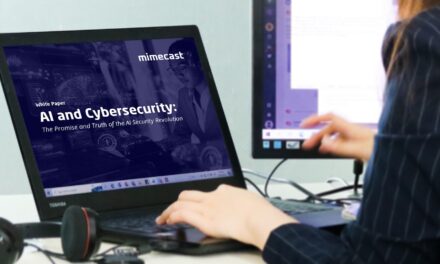The silver generation is a key target for scammers, so biometrics and other passwordless identity authentication features can really help here…
Bridging the digital divide for senior citizens has long been a key concern for countries across the Asia Pacific region. After all, the Internet has permeated almost every aspect of our lives, and seniors often feel left behind in today’s digital push.
However, in recent years, growing cyberthreats and e-scams have shone a spotlight on the urgent need to better protect our seniors online. As one of the least technologically savvy groups, the elderly is also one of the most vulnerable — and targeted — demographics by online scammers.
To gain the trust of unsuspecting seniors and deceive them into divulging their personal credentials cybercriminals often impersonate government or bank officials. As master manipulators, they leverage advanced social engineering techniques: exploiting people’s intrinsic, emotional reactions — and causing them to overlook red flags until it is too late.
Digital transformation has forced seniors to transact more and more of their lives online — compelling them to rely on faceless websites and apps rather than in-store agents or salespeople. The rapid propagation of online accounts has made the challenge of keeping each one secure increasingly difficult.
Hence, on Safer Internet Day, it is important to consider how we can build a safer Internet for all — including the silver generation.
Ditching passwords for cryptographically secure, device-based authentication can help eliminate the threat of remote attacks (such as using stolen credentials or SMS OTPs) to take over accounts. This can also simplify login experiences. With just a touch of the finger or a quick facial scan, seniors can now log into their accounts seamlessly without needing to remember lengthy or complex passwords.
Ultimately, to achieve a more secure Internet for everyone, we must ensure that the elderly’s needs and preferences are considered. Fortunately, there are readily available standards and best practices to help service providers guide users in adopting passwordless authentication. These guidelines can be tweaked for senior citizens, such as simplifying the user experience, offering multiple language options, and more.
Hopefully, by making the Internet a safer space, we can help seniors feel more comfortable and confident in embracing digitalization and reap its benefits.






















